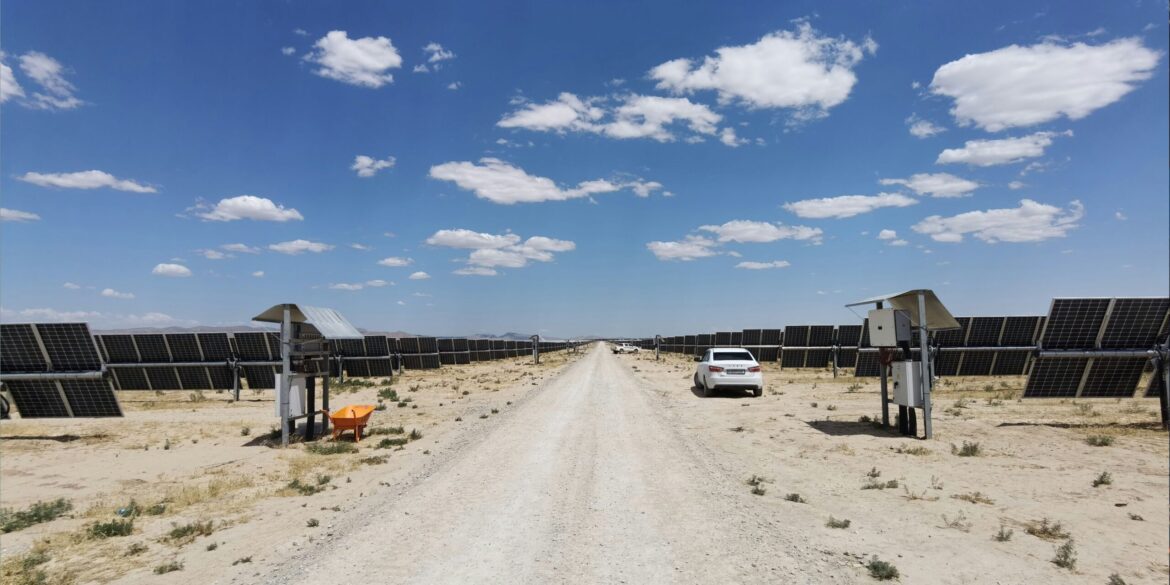By Lucas Downey, Senior Correspondent
The United States has marked a major milestone in its clean energy journey, with solar power capacity reaching a record high in the first quarter of 2025. Bolstered by generous federal incentives, rapid technological advancements, and a surge in private investment, solar energy now powers millions of American homes and businesses. This shift not only signals a greener future but also enhances the nation’s energy resilience amid evolving climate and economic challenges.
Solar Power Soars to New Heights
In the first three months of 2025, the U.S. installed an unprecedented 5.3 gigawatts (GW) of new solar capacity, pushing the total nationwide capacity to over 180 GW, according to the latest report by the Solar Energy Industries Association (SEIA). This surge represents a 20% increase over the previous year and marks the fastest growth rate ever recorded in the country’s solar sector.
SEIA President Abigail Ross Hopper stated, “This record-breaking quarter underscores the unstoppable momentum of solar energy in America. With continued federal support and innovation, solar will remain a cornerstone of our clean energy economy.”
What’s Driving the Boom?
Several key factors have combined to accelerate this green energy surge:
-
Federal Incentives: The Inflation Reduction Act (IRA) and other federal programs have extended tax credits and subsidies for residential and commercial solar installations. These financial incentives make solar adoption more affordable and attractive to homeowners and businesses.
-
Technological Advances: Breakthroughs in photovoltaic (PV) technology have increased solar panel efficiency to over 25%, while battery storage solutions have improved, allowing for greater energy reliability and off-grid capabilities.
-
Private Investment: Major utility companies and renewable energy firms are pouring billions into solar infrastructure, accelerating large-scale solar farm developments across sun-rich states like California, Texas, and Florida.
Solar Energy’s Impact on American Households
An estimated 15 million American households now generate some or all of their electricity from solar panels, a figure that is expected to double by 2030. Homeowners like Lisa Nguyen from Phoenix, Arizona, have embraced solar power not only to reduce utility bills but also to contribute to environmental sustainability.
Nguyen said, “Installing solar panels was the best decision for our family. We’ve cut our electricity costs by 70%, and it feels good knowing we’re helping the planet.”
Solar Power and the Grid: Building a Resilient Energy Future
Beyond individual households, solar energy’s integration into the national grid is transforming the U.S. energy landscape. Distributed solar generation reduces reliance on centralized power plants, lowers transmission losses, and helps buffer the grid against outages caused by extreme weather.
According to Dr. Robert Klein, an energy systems expert at MIT, “Solar power’s decentralization is key to a resilient and flexible energy system. Coupled with advances in smart grid technology, it enables more efficient energy management and stability.”
Economic Benefits and Job Growth
The solar sector’s expansion is also a boon for the U.S. economy. The industry now supports over 400,000 jobs, spanning manufacturing, installation, maintenance, and research. This represents a 15% increase in employment compared to 2024, according to the U.S. Department of Energy.
Moreover, states investing heavily in solar infrastructure have seen local economic revitalization, with new businesses and skilled workforce opportunities emerging.
Challenges Ahead and Policy Recommendations
Despite the record gains, the solar industry faces hurdles:
-
Supply Chain Constraints: Global supply chain disruptions have caused delays and cost increases for raw materials like polysilicon.
-
Grid Modernization Needs: Upgrading aging grid infrastructure is critical to handle the intermittent nature of solar power efficiently.
-
Regulatory Barriers: Some states still have restrictive policies that hinder rapid solar deployment.
Energy analysts advocate for sustained federal support, investment in grid modernization, and streamlined permitting processes to maintain growth momentum.
Looking Forward: Solar’s Role in America’s Energy Mix
With ambitious targets set by the Biden administration to achieve 100% clean electricity by 2035, solar power’s trajectory is poised to rise sharply. Analysts project that solar could supply nearly 40% of U.S. electricity needs by 2040, transforming how Americans produce and consume energy.
Quick Facts: U.S. Solar Power Milestones
-
5.3 GW new solar capacity added in Q1 2025
-
180+ GW total installed solar capacity nationwide
-
15 million homes powered partly or fully by solar energy
-
400,000+ jobs supported by the solar industry
-
25%+ efficiency rates for top solar panels

